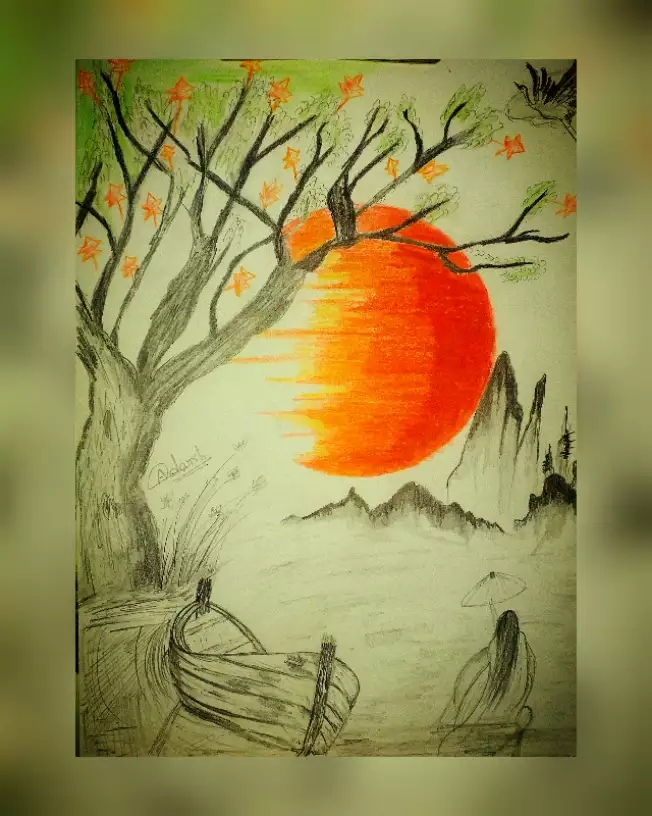The Advancement of Trump Art: From Early Reviews to Contemporary Perspectives
Looking Into the Diverse World of Artistic Expression: From Surrealism to Abstract Realistic Look
In the realm of creative expression, from the dreamlike landscapes of surrealism to the detailed play of light and form in abstract realistic look, musicians have constantly pushed the boundaries of imagination and creative imagination. Each activity holds a distinct lens whereby the world is watched and analyzed, using a look into the depths of human emotion, perception, and believed. As we check out the complex world of art, we exist with a tapestry of styles, methods, and ideologies that test our understanding and prompt contemplation. The trip through these varied kinds of creative expression assures to untangle an abundant tapestry of aesthetic narration and intellectual query that captivates the mind and mixes the heart.
Surrealism: Letting Loose the Subconscious
Surrealism, a progressive imaginative activity of the 20th century, dived right into the midsts of the subconscious, revealing a globe of dream-like images and non-traditional associations. Led by musicians like Salvador Dali, René Magritte, and Joan Miró, Surrealism sought to test the traditional ways of seeing and recognizing art. With methods such as automatism and dream analysis, Surrealist musicians intended to tap right into the subconscious mind to disclose surprise realities and needs.
One of the crucial elements of Surrealism was the focus on the illogical and the remarkable. By integrating unforeseen elements in their works, Surrealist musicians aimed to produce a feeling of disorientation and surprise in the audience. This disturbance of logic and reason was suggested to prompt a deeper expedition of the subconscious and the enigmas of the human subconscious.
Abstract Realism: Redefining Assumption
Testing typical artistic limits, Abstract Realistic look redefines understanding with the blend of identifiable components with abstract forms. This innovative strategy to art integrates the representational precision of realism with the creative flexibility of abstraction, providing viewers a distinct aesthetic experience that triggers them to examine their understanding of fact.
In Abstract Realistic look, musicians make every effort to catch the significance of their topics while likewise infusing their work with a sense of depth and complexity with abstract aspects. By mixing the acquainted with the unknown, these artists welcome target markets to engage with their pieces on numerous degrees, encouraging them to check out the subtleties of structure, color, and kind.

Cubism: Fragmenting Truth
Utilizing geometric kinds and fragmented point of views, Cubism revolutionized the imaginative depiction of truth in the very early 20th century. Established by Pablo Picasso and Georges Braque, Cubism sought to test conventional notions of point of view and representation. By damaging down things and numbers into geometric forms and presenting them from numerous viewpoints all at once, Cubist musicians intended to capture the significance of the subject instead of its literal appearance. This strategy not just deconstructed reality but also highlighted the monotony of the canvas, paving the way for future abstract art motions.

Cubism can be categorized right into 2 major phases: Analytical Cubism, defined by single color pattern and elaborate, fragmented types; and Synthetic Cubism, which included collage components and brighter colors into the structures. Through these unique stages, Cubism influenced not only painting yet also sculpture, style, and style. trump art. Its impact resounded across the art globe, inspiring musicians to discover brand-new means of representing the globe and interpreting around them
Expressionism: Feelings on Canvas
Checking out the depths of human emotions with expressive and dazzling brushstrokes, Expressionism arised as an extensive imaginative activity in the very early 20th century. Unlike previous art activities that focused on depicting the external world, Expressionism looked into the interior world of the artist's subconscious, intending to stimulate raw feelings and prompt natural actions from customers.
Expressionist artists, such as Edvard Munch, Egon Schiele, and Emil Nolde, denied traditional ideas of elegance and realism in support of misshaping form and color to convey subjective sensations. The use of exaggerated brushwork, strong shades, and altered figures aided develop a sense of anxiousness, alienation, or interest in their jobs.
Among one of the most well-known examples of Expressionism is Munch's "The Scream," which records the intense anxiousness and misery of modern-day life useful link through its swirling, distorted number versus a blood-red sky. Via their mentally charged jobs, Expressionist musicians looked for to challenge traditional creative standards and give a window into the rough midsts of the human soul.
Contemporary Art: Developing Perspectives

Among the specifying characteristics of contemporary art is its constant development and ability to adapt to transforming cultural landscapes. Musicians are significantly incorporating technology into their practice, obscuring the lines between the physical and digital worlds. This combination of mediums enables innovative means of narration and engaging with audiences in a more interactive manner.
Furthermore, contemporary art usually functions as a platform for social commentary, addressing pressing issues such as identity, national politics, and the atmosphere. Musicians are using their work to spark important discussions and prompt idea, losing light on the intricacies of the globe we live in. As perspectives proceed to develop, contemporary art remains a prominent and dynamic pressure in shaping our cultural landscape.
Final Thought
Finally, the globe of imaginative expression encompasses a large range of motions and designs, each with its own one-of-a-kind approach to sharing definition and emotion. From surrealism's expedition of the subconscious to abstract realism's redefining of perception, and from cubism's fragmentation of reality to expressionism's representation of emotions, art remains to advance and test viewpoints - trump art. Contemporary try this web-site art shows the ever-changing world we reside in, providing brand-new methods to interpret and recognize the intricacies of our truth
As we check out the multifaceted globe of art, we are presented with a tapestry of designs, techniques, and approaches that test our understanding and prompt reflection. Its you could try this out impact resounded throughout the art globe, motivating artists to explore new methods of standing for the world and analyzing around them.
